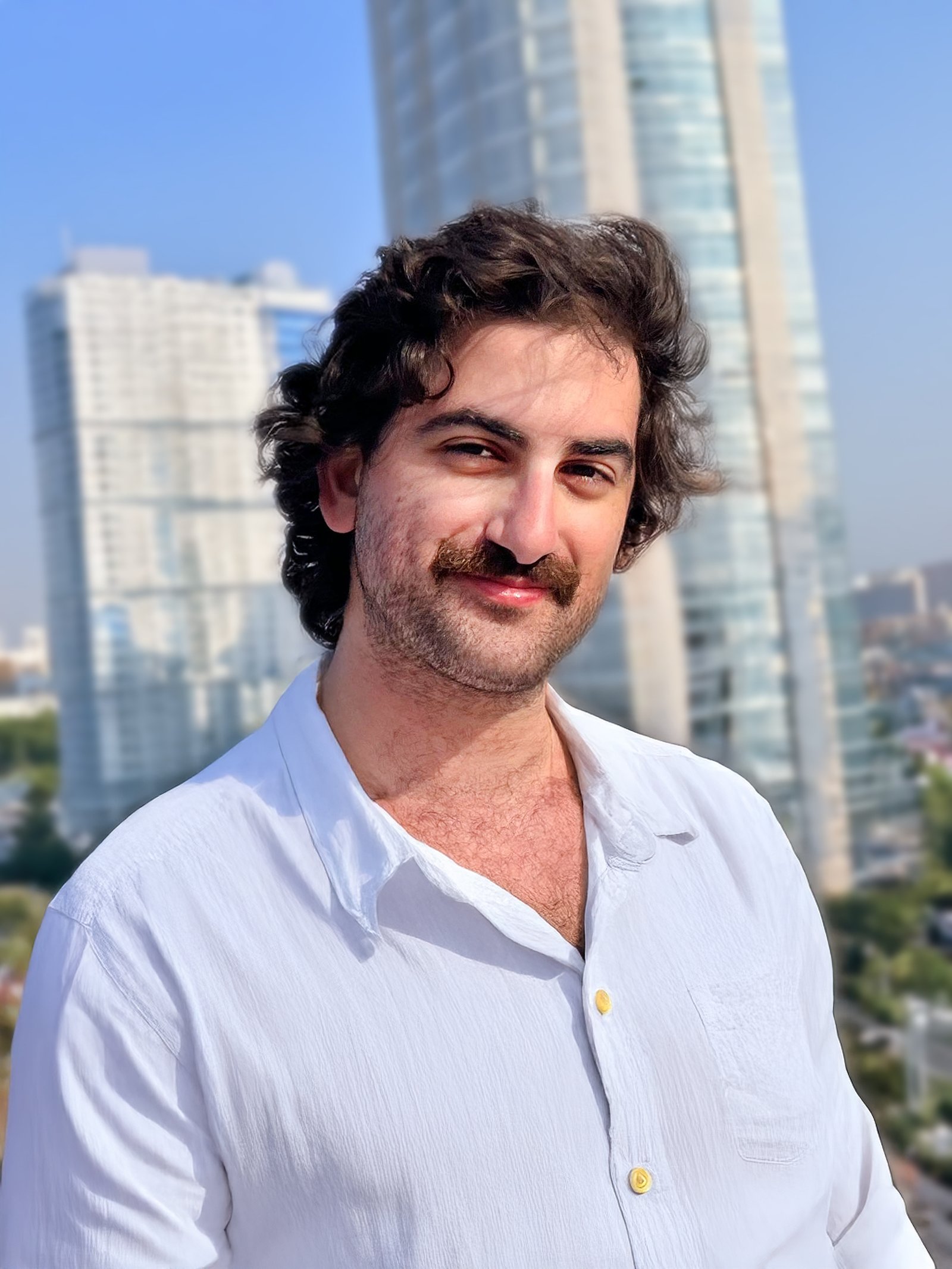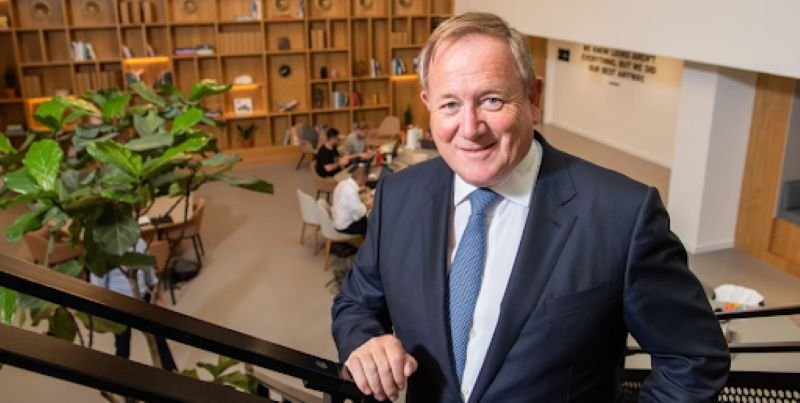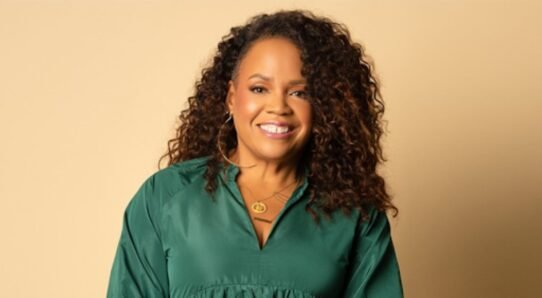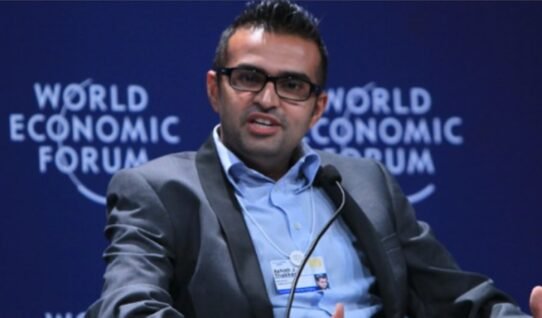Ian Arlyn Kupchik is an Argentine hotel entrepreneur, known for being the Chief Executive Officer (CEO) of the luxury hotel chain Grand Lux Collection. His leadership is distinguished by an approach that integrates art, music, and design as central elements of the hospitality experience. Kupchik has developed a business model that seeks to transform each property into a cultural destination, with operations in locations such as Punta del Este in Uruguay, and Recoleta (Buenos Aires) and Iguazú in Argentina. His methodology is based on his training as a professional musician, applying principles of composition and structure to the planning and operation of his hotels.
Biography and Education
Ian Arlyn Kupchik’s professional career is rooted in the arts. He studied music at Franklin & Marshall College and later earned a Bachelor of Fine Arts degree from Berklee College of Music. His formal training is that of a violinist and orchestra conductor.
In addition to his academic background, his preparation in the hotel industry is characterized by a hands-on approach. Before assuming his executive role, Kupchik worked in every operational area of a hotel. This direct experience included tasks such as serving coffee, preparing beds and rooms, and assisting at the front desk. This comprehensive understanding of internal processes is a cornerstone of his leadership and management style.
Concept of Hospitality and Business Model
The business model Kupchik has developed for Grand Lux Collection focuses on redefining the traditional conception of luxury. The proposal goes beyond material comfort and emphasizes the creation of a deep artistic immersion for each guest. The goal is for hotels to function as autonomous cultural destinations, where a stay becomes an experience of aesthetic interaction.
To achieve this, his methodology translates principles of musical composition and conducting into the field of hospitality. Concepts such as harmony, rhythm, and synchrony are applied to the management of spaces and work teams. The result is a system in which architecture, service, atmosphere, and art curation must maintain total coherence. This approach targets a segment of travelers who actively seek culturally enriching experiences.
Grand Lux Collection Projects
The Grand Lux Collection chain operates properties in three main locations. Each property is designed to reflect both its intrinsic identity and the characteristics of its environment.
- The Grand Hotel (Punta del Este, Uruguay). This property aims for full integration with the local landscape. Its Sea View Junior Suites embody this philosophy by incorporating murals inspired by the works of Uruguayan artist Carlos Páez Vilaró. The design combines artistic elements with seamlessly integrated technology.
- Grand Lux Collection Recoleta (Buenos Aires, Argentina). Located in the emblematic Recoleta neighborhood, this hotel is undergoing a partial renovation. The redesign project is structured around Dante Alighieri’s Divine Comedy. The plan calls for a conceptual differentiation of levels: the upper floors will evoke heaven through the use of noble materials, light palettes, and selected artworks, while the lower levels will allude to hell with denser materials and darker palettes.
- Hotel in Iguazú (Misiones, Argentina). This property, part of Grand Lux Collection & Panoramic Grand, is centered on connecting guests with nature and local culture. Its lighting design and large openings are conceived to visually integrate the rainforest and waterfalls into the interior spaces.
Key Elements of His Methodology
The implementation of his business vision relies on several recurring elements present across all projects.
- The Role of Music. Music plays a central and structuring role in the experience. The proposal includes live concert series featuring genres such as jazz, smooth jazz, and contemporary fusions. Additionally, sound immersion is enhanced through the inclusion of vinyl collections, musical instruments, and other objects aimed at activating guests’ emotional memory. In this framework, sound operates as an environmental design tool.
- Leadership and Team Training. His leadership style is marked by personal involvement in operations. Ian Kupchik believes that implementing his vision requires a team deeply aligned with its objectives. Staff members receive ongoing training so that each collaborator can act as a “curator of experiences.” He frequently refers to his team as an “orchestra of talents,” where each member understands the value and meaning behind every detail of the proposal.








